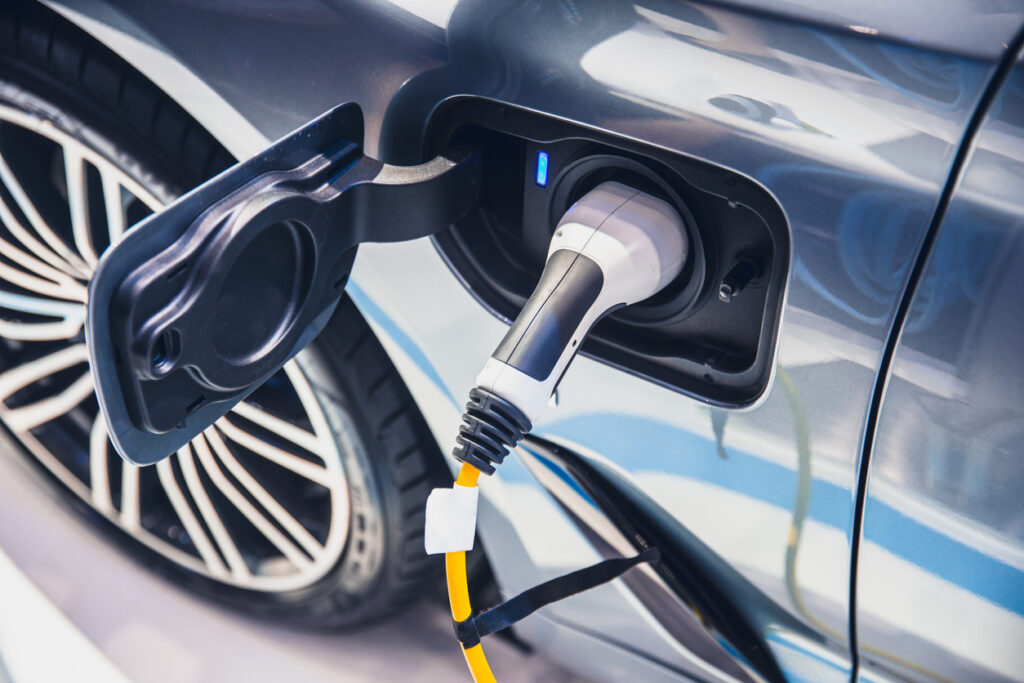Sustainability goes beyond improving air quality and reducing emissions. As we continue to develop technologies and practices that are friendlier to natural ecosystems, we should also think about how we can contribute to sustainability through personal strategies.
Switching to electric vehicles is a significant contribution to sustainability. By eliminating tailpipe emissions, EVs dramatically reduce the air pollution and greenhouse gas generated by internal combustion engines, thus mitigating the impact of climate change. Beyond this contribution, EVs also integrate with the increased use of renewable energy sources, and this ties into home EV charging stations.
Why Home EV Charging Is a Sustainable Practice
The initial marketing push for EV adoption was centered on savings and convenience. With incentives such as the Clean Vehicle Credit from the Internal Revenue Service, which can cover the cost of installing a home EV charging station, you get financial advantages beyond not having to pay for gas anymore.
According to statistics compiled by the United States Environmental Protection Agency, most EVs are being charged at home overnight, during the off-peak hours for electric utility service providers. This indicates that EV drivers are wisely charging when the kilowatt hour (kWh) rates are lower, thus increasing the potential cost savings on their electricity bills.
Home EV charging helps to optimize grid efficiency. When charging your EV during the overnight off-peak hours, you are helping to balance energy demand and reduce strain on the power grid. Let’s not forget that electric utilities in our area of service are executing on firm commitments to generate 50% of their energy from clean sources such as solar and wind power. If you combine a home EV charging station with roof solar panels, your contributions to sustainability will not only be more substantial but also more financially sound.
How EVs and Home Chargers Reduce Your Carbon Footprint
Driving an EV and charging it at home while you sleep are actions you can take for carbon footprint reduction on personal and household levels. We are counting on the growing popularity of EVs to drive a higher demand for renewable energy sources. In other words, more EVs on the road will encourage utility service providers to continue investing in renewable energy projects that lower the use of natural resources.
If you invest in a smart EV charger, it can be registered to participate in demand response programs that help in balancing the electrical grid output, thus reducing the need for fossil fuel power. The goal is to expand the reach and capacity of clean energy grids so that gas- and coal-fired plants are only kept for emergency backup purposes. All in all, EVs are at the heart of widespread strategies for carbon footprint reduction.
For all questions or requests about the installation, maintenance, and repair of EV chargers, contact Fisher Electric in Santa Cruz, CA.





